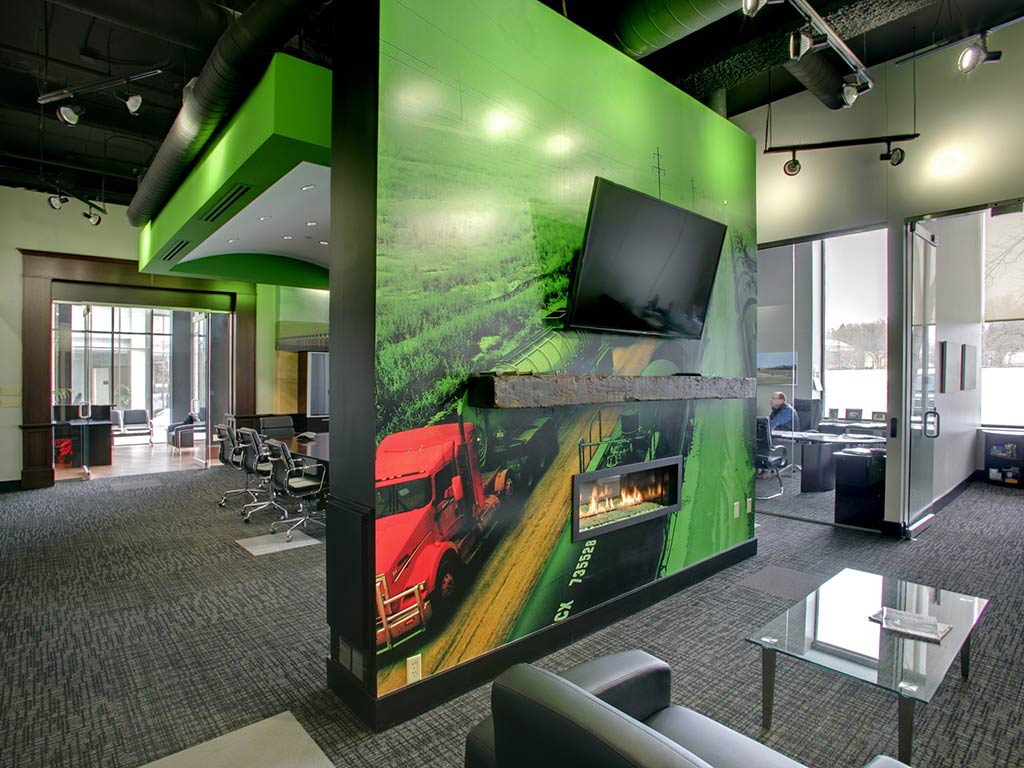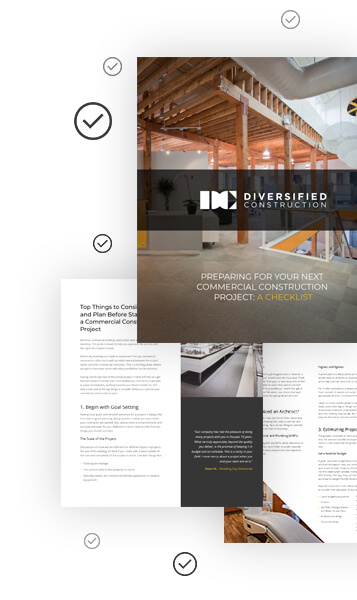Retrofitting Building Benefits
Instead of building from the ground up or tearing down what already exists, there's a method that brings together the old and the new. Retrofitting is the practice of strategically enhancing an existing structure, beyond just aesthetics.
Retrofitting refers to the process of integrating new technologies or equipment to make a structure more efficient and adaptable to current needs. The primary purpose of retrofitting is to upgrade the current facilities of a structure without completely replacing it.
In this article, we will discuss the advantages of retrofitting, from its economic benefits to its role in preserving architectural significance. Keep reading to discover why retrofitting is rapidly becoming the favored approach for modern infrastructure development.
Retrofitting Environmental Benefits
Sustainability: Retrofitting stands as a testament to green construction. By enhancing a building's energy efficiency, it substantially reduces its carbon footprint. Methods such as improving insulation, adding solar panels, or upgrading HVAC systems are practical examples of how retrofitting can lead to decreased energy consumption.
Waste Reduction: Instead of tearing down and rebuilding, retrofitting makes use of existing materials and structures, reducing the waste headed for landfills and lowers the demand for new construction materials. This practice not only conserves resources but also reduces the environmental impact associated with new construction.

Retrofitting Economic Advantages
Cost Effective: In many cases, retrofitting can be far more cost-effective than building from scratch. The foundation and many structural elements remain intact, requiring only modifications rather than complete replacements.
Increased Property Value: Retrofitting can increase a building's market value. Energy-efficient homes or commercial spaces, for instance, bring about higher prices in the real estate market. Owners can expect a significant return on investment from their retrofitting endeavors.
Utility Savings: Energy retrofitting can lead to significant savings on utility bills over time. Efficient appliances, better insulation, and modern heating and cooling systems can considerably reduce monthly expenses.
Retrofitting Historic Preservation
Architectural and Cultural Significance: Many cities around the world are rich in architectural and cultural heritage. Tearing down historic buildings can result in a loss of identity and value. Retrofitting allows for the preservation of these landmarks while ensuring they meet modern standards and needs.
Integration of Modern Features: Old buildings can be retrofitted to include modern amenities without compromising their unique value. Additionally, retrofitting can be used to enhance the safety features of a building, making it more resistant to natural disasters like earthquakes or floods. This ensures they remain relevant and functional in today's context.
Conclusion - Types and Techniques of Retrofitting
Retrofitting, at its core, is the practice of adding new technologies or features to existing buildings, enhancing their functionality and efficiency without the need for complete reconstruction. It's the bridge that connects historical aesthetics to modern-day requirements.
Diversified Construction specializes in retrofitting with over 60 years of business experience in the Twin Cities. Contact us today at 952-929-7233 if you’re looking to start a new project.

